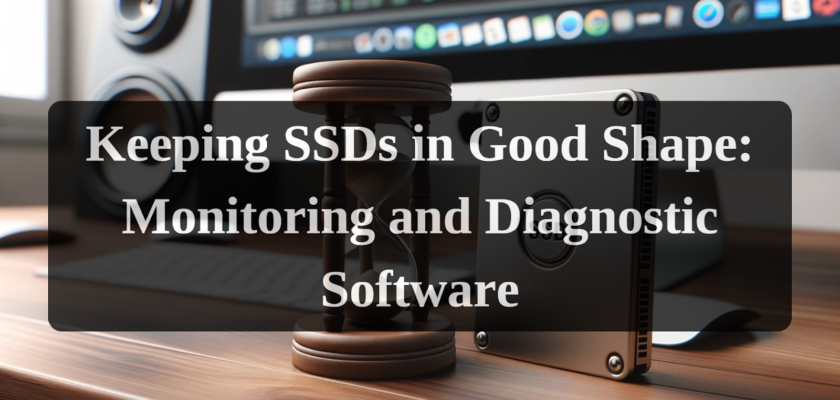Solid State Drives (SSDs) have become essential in contemporary computing, offering substantial advantages over traditional Hard Disk Drives (HDDs), such as quicker data access and the absence of moving parts. However, they do have limitations, notably the finite number of write/rewrite cycles.
SSD Write/Rewrite Limitations:
SSDs in servers can typically handle 3,000 to 100,000 rewrite cycles per memory cell, depending on their type and quality. For regular consumer SSDs, this number is slightly lower, on the order of 500 to 10,000 cycles per cell. This means that server SSDs tend to be more resistant to wear and tear due to frequent data writing, while drives for home use are designed to be less demanding. Although these numbers appear large, the longevity of an SSD diminishes with each cycle.
SSD Longevity:
The lifespan of an SSD is contingent on its usage intensity. Under typical consumer usage, an SSD can reliably function for about 5-7 years, possibly longer. With moderate use, roughly 10-15% of the SSD’s capacity is utilized annually, allowing users to estimate the drive’s remaining lifespan.
Assessing SSD Wear:
Specialized software is required to determine an SSD’s actual wear. These utilities evaluate memory cell degradation and the percentage of the drive’s expended capacity.
SSD Health Monitoring Tools:
- SSDLife: Offers a user-friendly interface displaying wear percentage, drive temperature, and other critical metrics.
- CrystalDiskInfo: Provides comprehensive data, including read/write speeds, controller status, and detailed SSD health.
- SSD Dashboard: Specific manufacturers’ tools (e.g., Samsung, Western Digital) for their products.
- GSmartControl: An open-source tool that, besides health monitoring, offers features like drive optimization and junk file removal.
Functions of SSD Health Monitoring Software:
- Wear Assessment: Indicates the percentage of the drive’s expended capacity.
- Temperature Monitoring: Displays the drive’s current operating temperature.
- Performance Metrics: Presents data read/write speeds.
- Controller Health: Reports the status of the SSD’s controller.
- Comprehensive Health Overview: Some tools provide additional data, including drive health, error rates, and more.
Using SSD Health Monitoring Tools:
- Download and install the selected utility.
- Open the application.
- Select your SSD from the drive list.
- Review the health metrics provided, such as wear level, temperature, and performance.
Prolonging SSD Lifespan through Software:
Software optimization tools can enhance SSD performance and extend its lifespan. Here are actions you can take:
- Employ SSD optimization utilities.
- Avoid using the SSD for infrequently accessed large files, as extensive read/write operations can reduce its lifespan.
- If you are using an SSD in a laptop, do not place it on a soft surface to prevent the drive from overheating.
- Do not disconnect the SSD from power until it is ready to shut down.
- Utilize high-quality cables for SSD connections to your PC.
More tips for extending the life of your SSD
By understanding your SSD’s limitations and monitoring its health regularly, you can effectively manage its performance and extend its operational lifespan.

